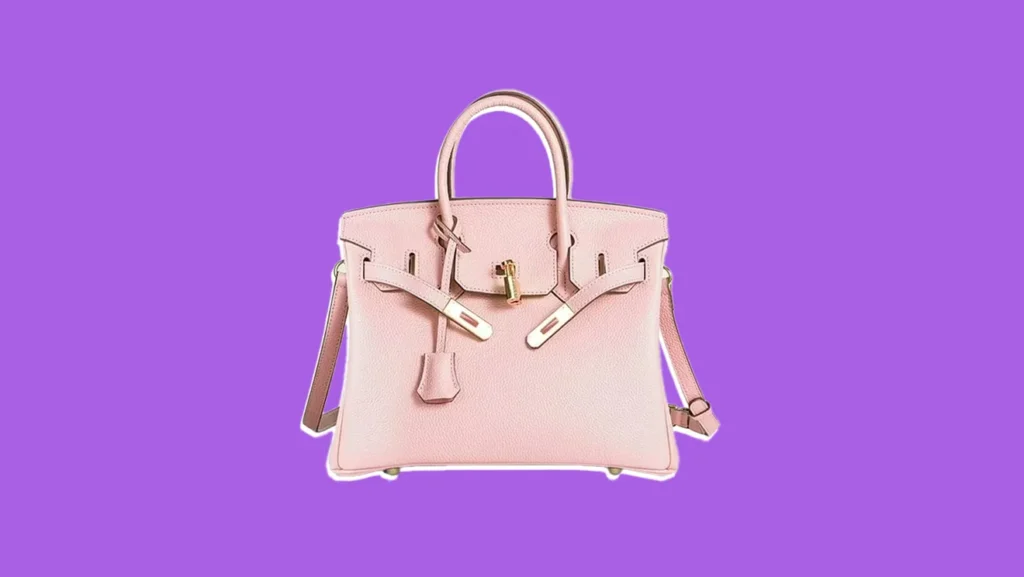What We Can Learn from The Wirkin
What We Can Learn from The Wirkin

Last week, Walmart introduced its playful take on the iconic Birkin bag: the Wirkin. It was cheeky, clever, and quick to go viral, sparking a bigger conversation about the shifting tides of consumer behavior, the democratization of style, and the growing allure of “dupes.” What does the rise of the Wirkin teach us about today’s retail landscape? Let’s break it down.
1. The Consumer Backlash Against Luxury Pricing
Luxury prices have skyrocketed over the past few years. According to HSBC, prices for luxury goods have risen 54% since the pandemic, outpacing inflation and putting luxury further out of reach for most consumers. At the same time, there’s a growing perception that these premium price hikes aren’t matched by improvements in quality.
This tension is creating a sense of resentment. For many consumers, paying for a high-ticket item feels less justified when quality is perceived to be declining. Enter brands like Walmart, which offer accessible alternatives that feel aspirational but don’t break the bank. The Wirkin is a perfect example of how the public is eager to embrace affordability without sacrificing style.
Key takeaway: As luxury pricing continues to rise, brands should prioritize transparency, quality, and consumer trust—or risk alienating their base.
2. The Mainstreaming of “Dupes”
Once stigmatized as “fakes,” dupes have now entered the mainstream and even become a cultural phenomenon. From fashion TikTok to YouTube haul videos, consumers celebrate finding affordable alternatives to coveted luxury goods.
What’s behind this shift? For one, authenticity in the luxury space feels increasingly unattainable. At the same time, consumers have grown savvier, realizing that style isn’t always tied to a brand logo. The Wirkin captured this trend perfectly: it’s not pretending to be a Birkin—it’s proudly not a Birkin, and that self-awareness resonates.
Key takeaway: The rise of dupes signals a larger trend: consumers are prioritizing personal style and value over brand names.
3. The Democratization of Style and the Power of Virality
The Wirkin’s viral success underscores a broader cultural shift: the democratization of style. Social media platforms like TikTok and Instagram have made fashion more inclusive, with creators from all walks of life influencing trends. The Wirkin isn’t just a product; it’s a conversation starter, a meme, and a way for people to engage with fashion in a playful and accessible way.
For Walmart, the Wirkin was more than just a bag—it was a statement that high style doesn’t need to come with a high price tag. And in today’s retail landscape, virality can sometimes matter more than heritage.
Key takeaway: Brands that embrace humor, creativity, and accessibility are winning over consumers in a big way.
Final Thoughts
The Wirkin isn’t just a clever play on an iconic bag; it’s a case study in how consumer attitudes toward luxury, authenticity, and style are evolving. In a world where price hikes and exclusivity can alienate customers, there’s an opportunity for brands—luxury and mass-market alike—to rethink what “value” means to their audience.
As the retail space continues to shift, the lesson is clear: meet consumers where they are, not where you wish they’d be.
In harmony,